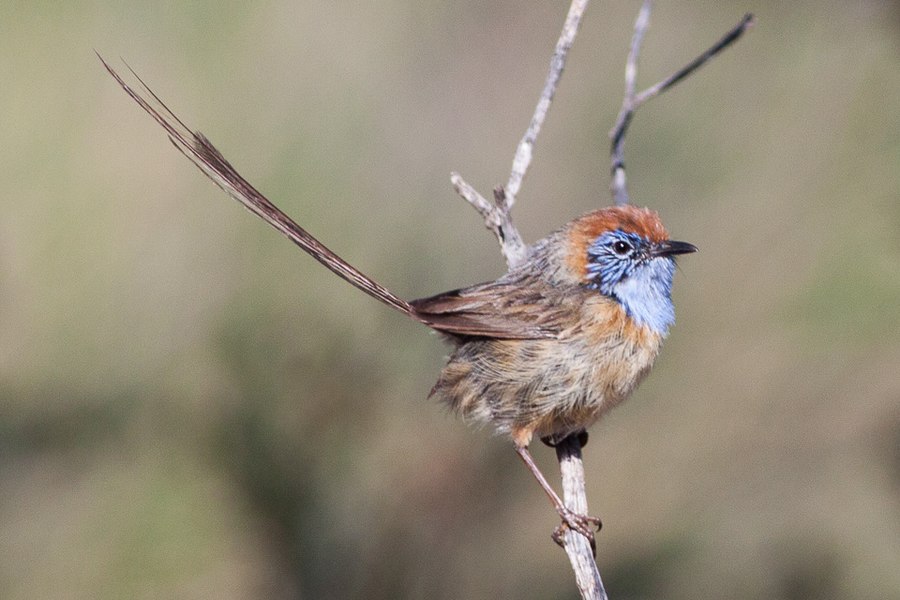Facts About Mallee emu-wren
The Mallee Emu-wren is a distinctive bird species native to Australia, belonging to the Australasian wren family, Maluridae. First described in 1908 by Archibald James Campbell, this bird is one of three species in the genus Stipiturus, collectively known as emu-wrens. Regrettably, the Mallee Emu-wren is confronting significant threats due to the degradation of its natural habitat, which primarily consists of temperate grasslands.
These birds exhibit a remarkable appearance. Males display olive-brown upperparts accompanied by striking sky-blue throats and chests, while females lack this vivid blue coloring. Both genders possess unique tails composed of six feathers, reminiscent of those of an emu. Measuring approximately 16.5 centimeters in length, they are typically found in open mallee woodlands with a spinifex understory, particularly in northwestern Victoria and southeastern South Australia.
Recent studies have indicated that the Mallee Emu-wren population is declining rapidly, leading to its classification as an endangered species. Their diet includes insects, beetles, seeds, and various types of vegetation. They breed between September and November, constructing their nests deep within spinifex clumps to safeguard their young. Unfortunately, their survival is jeopardized by frequent fires, climate changes, and alterations in land use.
Conservation efforts are being undertaken to assist in saving this species. These initiatives include conducting surveys, modeling their habitats, and developing recovery plans in conservation parks and reserves. The Mallee Emu-wren faced functional extinction in South Australia after catastrophic bushfires in 2014. However, reintroduction efforts involving captive-bred birds from Victoria have shown promising results, offering a glimmer of hope for the future of this charming little bird.
